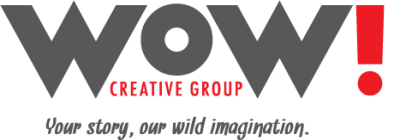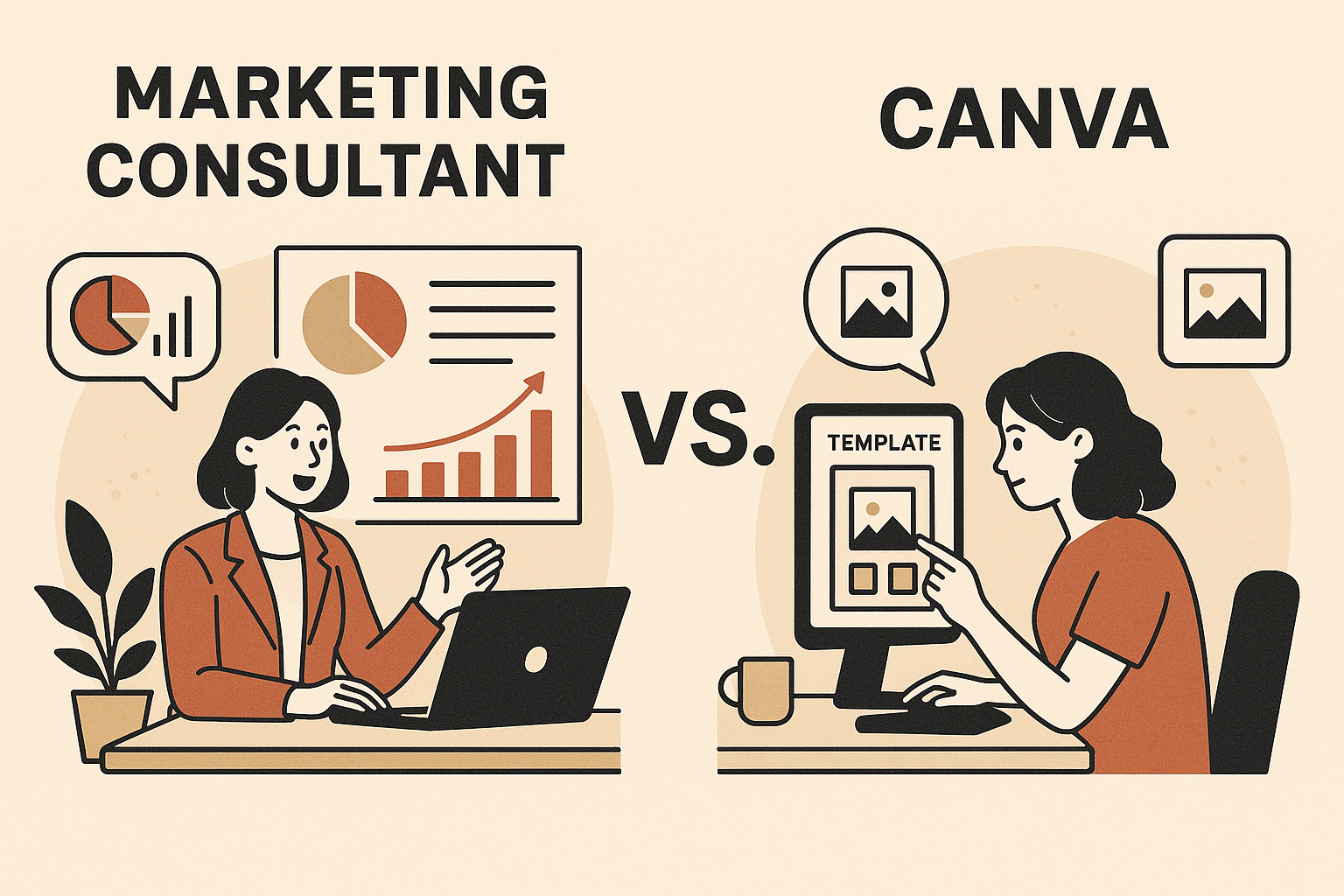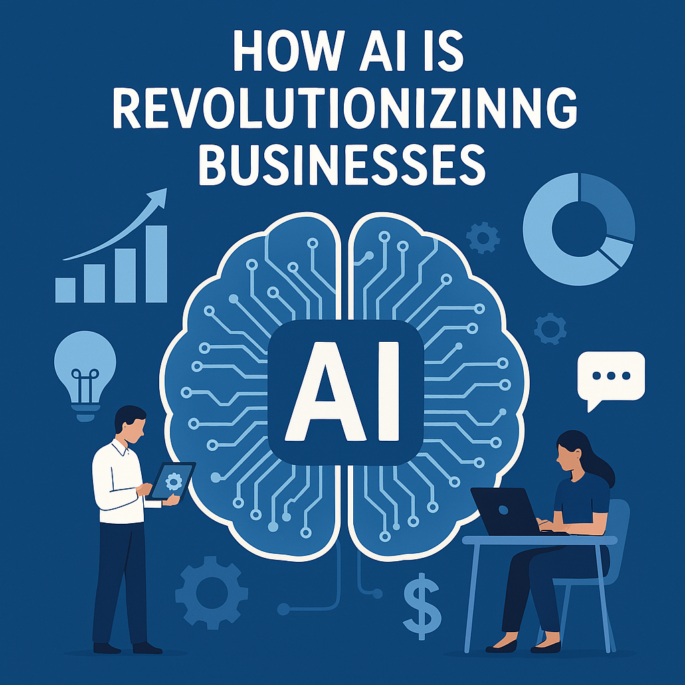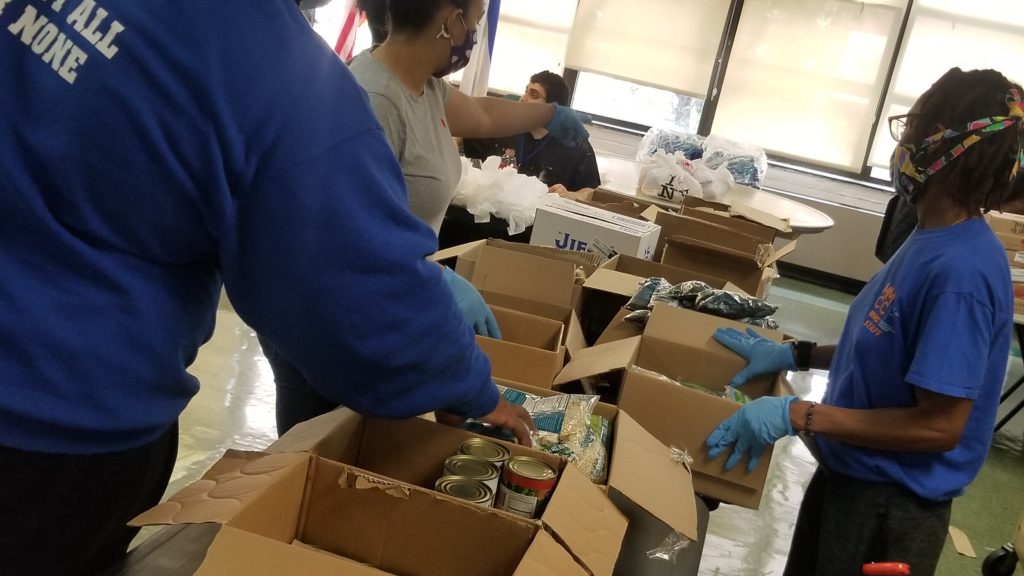By Wayne Brown
Why Hiring a Marketing Consultant Beats Relying on Apps Like Canva for Small Businesses
In today’s digital world, small businesses have access to a multitude of tools that promise quick, easy, and inexpensive marketing solutions. Apps like Canva have gained popularity by offering user-friendly platforms for designing everything from social media posts to brochures. While these tools are useful, relying solely on them can limit your brand’s potential. That’s where a marketing consultant becomes a game-changer.
A marketing consultant brings more to the table than just design skills. They bring strategy, insight, and experience. Marketing isn’t just about making things look good—it’s about communicating the right message to the right audience at the right time. A consultant takes the time to understand your business goals, analyze your market, and craft a tailored plan that drives results. They know what works and what doesn’t, and they can steer you away from costly mistakes.
Unlike template-driven apps, a consultant creates original, professional content that aligns with your brand identity and sets you apart from competitors. Anyone can drop a photo into a Canva template, but not everyone can tell a compelling brand story or create a campaign that resonates with your ideal customer. A consultant helps you maintain consistency across platforms, build trust with your audience, and ultimately grow your business.
Moreover, marketing consultants often bring a full-service approach: content creation, social media strategy, advertising, email campaigns, and more. They understand how all the pieces work together—and how to measure success. Apps provide tools; consultants provide direction.
In short, Canva and similar tools can support your efforts, but they shouldn’t be your strategy. A marketing consultant offers the expertise and personalized approach that small businesses need to compete and thrive. Investing in professional guidance today can lead to stronger branding, smarter marketing, and sustainable growth tomorrow.







